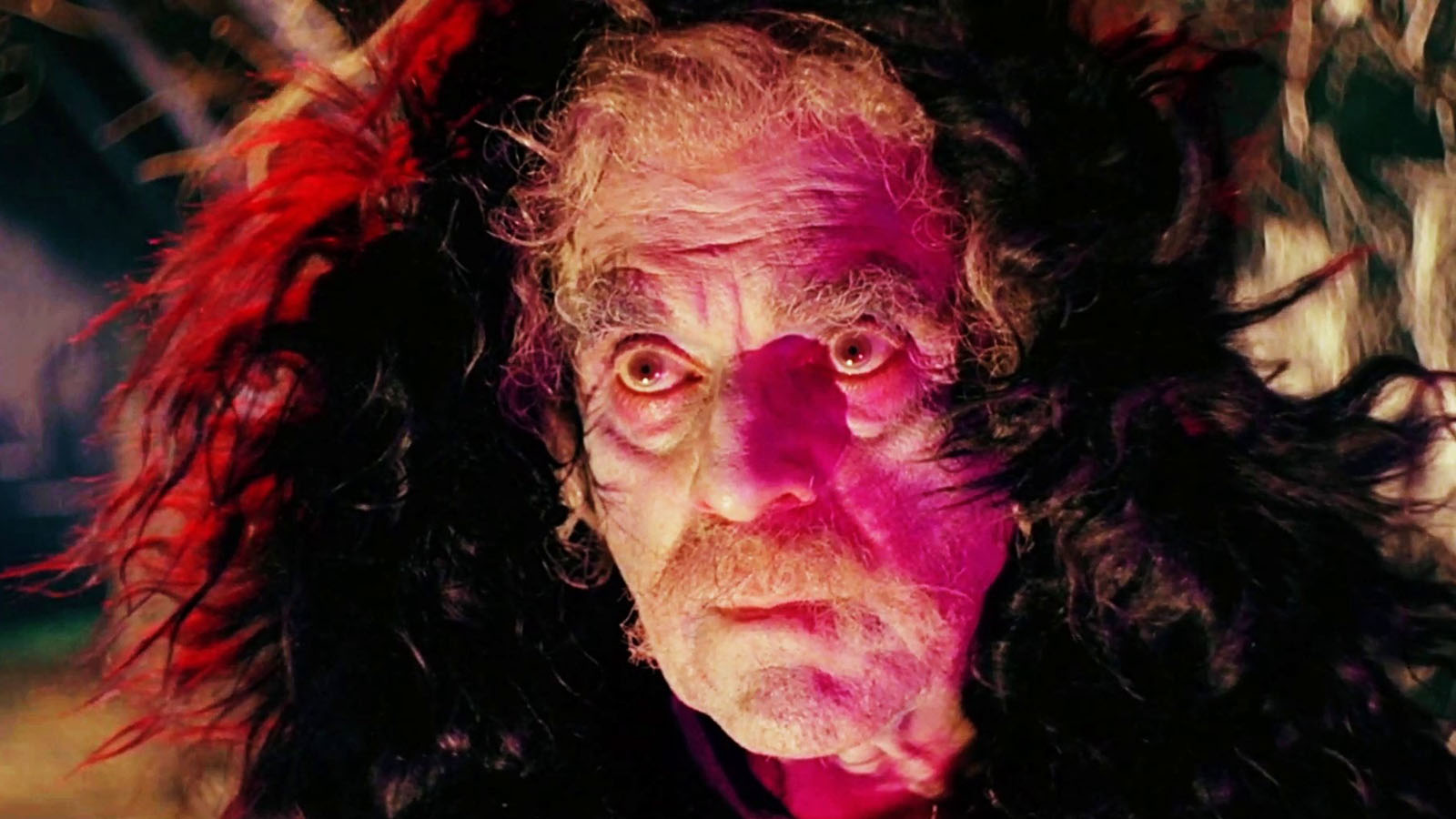
Mario Bava was a living embodiment of Italian genre cinema, working credited and uncredited on nearly a hundred films. He was a cinematographer, a special-effects artist, and a gifted visual stylist. He shot and, by some accounts, ghost-directed much of Ricardo Freda’s I Vampiri (1957), the first Italian horror film produced after Mussolini’s ban on the genre. Bava got around set-decoration issues by taping postcards to the camera. He made rubber monsters in the ’50s. He assisted with visual effects into the ’80s. He was Jack Cardiff, Sergio Leone, and Ray Harryhausen at the same time. He was a magician.
Bava directed the chicest of all giallo style guides, the 1964 fashion-house whodunnit Blood and Black Lace. After Dario Argento’s 1970 debut, The Bird with the Crystal Plumage, exploded at the box office, Bava returned to the genre again and again—Hatchet for the Honeymoon, Five Dolls for an August Moon, and, most influentially, A Bay of Blood (1971), which was picked clean by American slasher directors. He also explored the Gothic with equal élan, making movies that could be Hammer or American International Pictures potboilers, if not for their sadistic edge. The Whip and the Body (1963) is arguably Bava’s author statement, wherein a contessa who gets married is haunted and flogged by the ghost of her dead fiancé, played by Christopher Lee. It’s excruciating how beautiful the film is, how lush the images are, how ecstatically the contessa takes being lashed, with perfect eyeline lighting.
Roger Corman’s The Haunted Palace (1963) applied a rich Technicolor palette to Bava’s debut feature, the magisterial vampire film Black Sunday (1960). Corman and Bava considered each other peers, but where Bava wanted what Corman could do on screen, he could achieve it. That wasn’t always true of Bava’s American influences. He once woefully opined that he felt outclassed by his hero, Alfred Hitchcock, saying about The Girl Who Knew Too Much (1963): “Perhaps it could have worked with James Stewart and Kim Novak, whereas I had… oh, well, I can’t even remember their names.”*
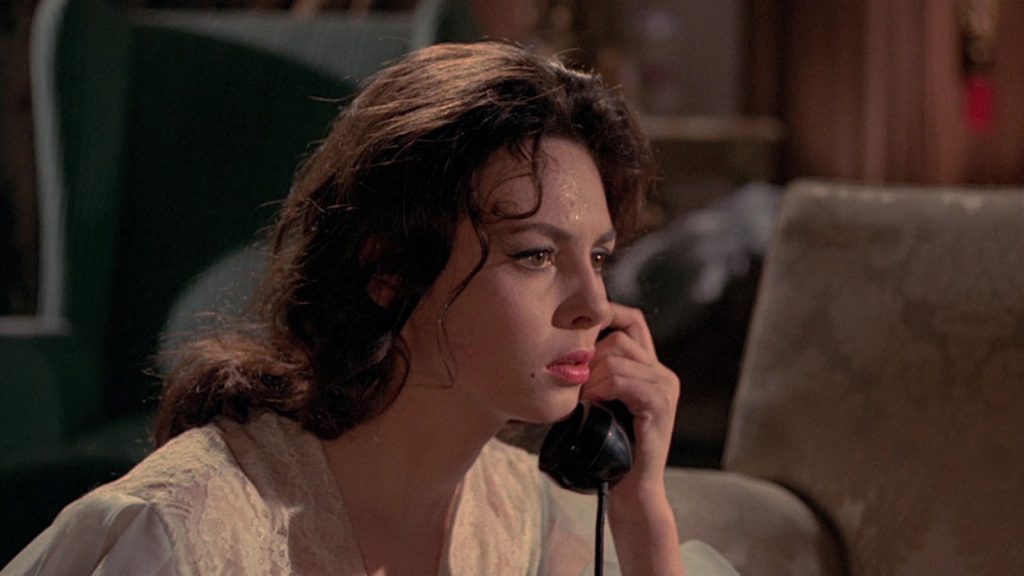
On Black Sabbath, Bava also worked for Samuel Z. Arkoff and James H. Nicholson’s AIP, and, like Corman, had been assigned Boris Karloff (for The Raven and The Terror) because he was under their contract. The actor originally introduced each segment, but in the final edit, he welcomes the audience to the film then pops up in the second story as the titular Wurdulak.
Bava set the standard for European portmanteau horror with Black Sabbath. He adapted three tales from Chekhov, Tolstoy, and de Maupassant in a way that lent weight to what could have been matinee fodder. The film merges the realistic and the Gothic without ever betraying its obviously low budget.
Quentin Tarantino has said that the structure of Pulp Fiction is about exploring three clichéd stories the same way Bava treated them in Black Sabbath. In that film, the three clichéd stories are tales of terror. All zhuzhed up with just enough idiosyncrasy, they become novel—the beautiful woman receiving anonymous threatening phone calls from a stalker, the Eastern European vampire disintegrating a family and seducing a callow young man, the object stolen off a dead body invoking a ghost to seek revenge. The small details here make it sing—the haunting colored gels Bava is so famous for is diegetically a green neon sign flashing through curtains. Like in Vertigo. The woman in a nightgown terrorized by phone calls is an ex–call girl, and the person she calls for help is her ex-madam, which leads to a stealthily elided lesbian sex scene between them. The Wurdulak, a Slavic conception of the vampire based around tuberculosis symptoms, first turns a small boy against his mother. Bava saw himself in the lineage of horror but knew how to make it feel spiky to ’60s audiences, to make it hit.
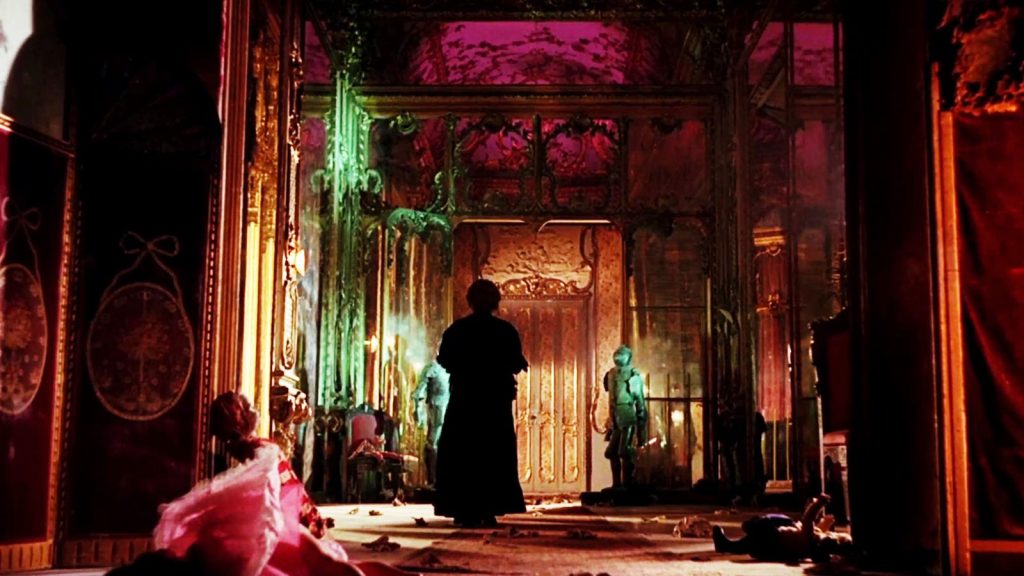
Bava’s predilections were so much his own, while also being very Italian. He loved lush, saturated color that bordered on the psychedelic. He loved close-ups of faces similar to his peer Sergio Leone. He was interested in sadism and cruelty and how they slowly crept into the lives of his characters. Those characters were often corrupt, or easily corrupted. He loved gorgeous, statuesque, well-manicured women with striking faces. He loved a zoom. Bava’s is a world both lurid and baroque.
His most inspired choice may be having beloved horror icon Boris Karloff break the fourth wall in costume as his bleeding peasant vampire is a charming movie star underneath—and what makes it most heartwarming is the pullback to reveal stagehands circling the camera with branches to simulate a forest. If Bava is the direct conduit between stately Gothic and venal, bloody modern horror, Bava knows this is all make-believe. Karloff heartily laughs and, kicking his plywood horse, he calls out to us, “DREAM OF ME.”
Bava’s style is so massively influential that it’s worth noting how stark an imprint he’s made on not just horror but science fiction, crime, television, and his fellow Italian masters. Planet of the Vampires (1965) is perhaps best known for its rich inspiration on the Alien screenplay, but few discuss how much it set the visual language for Star Trek two years after its release. Fellini stole from Bava constantly, with the alacrity of someone he respected as a peer. His conception of a childlike, smiling devil in Toby Dammit (1968) comes directly from Bava’s Kill, Baby, Kill (1966). That image was then taken by Martin Scorsese and David Lynch directly into the non-genre mainstream.
And, yes, the band is named after the film. 🩸
*After Hitchcock: Influence, Imitation, and Intertextuality
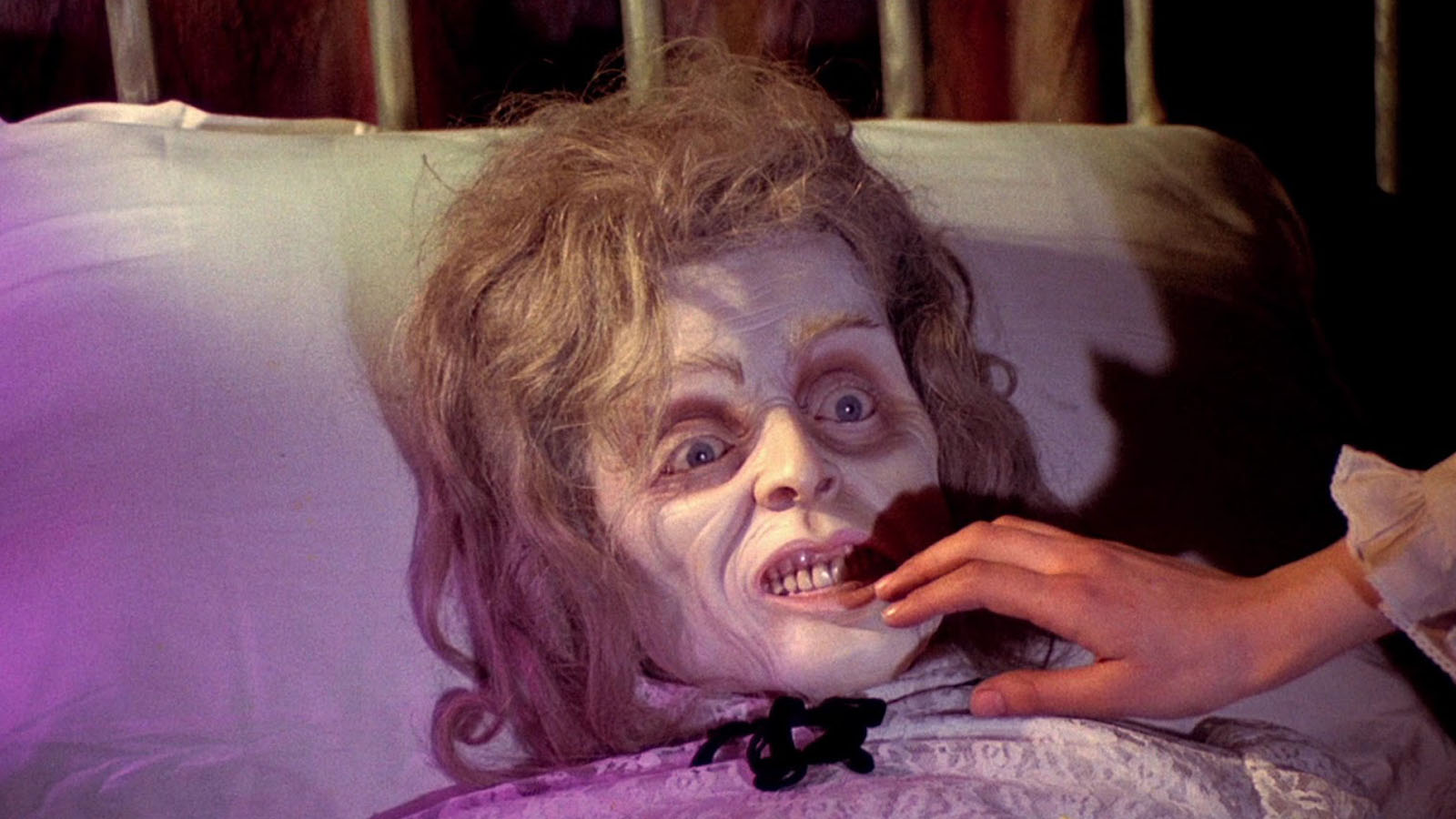
is a writer and filmmaker living in Brooklyn.
Robert Wise—director of the two best Broadway-on-celluloid adaptations in human history—attempts and achieves the improbable here: he sets a Robert Louis Stevenson short story about literal skullduggery in a world as inclined...
BY FRANK FALISI | November 4, 2025
Planet of the Vampires is a film you haven’t seen at all if you haven’t seen it in the wee hours, with the lights off, and its hypnotic sound turned way up. This is Italian director Mario Bava’s Gothic haunted-house story set in outer space...
BY TOM PHELAN | April 5, 2024
A paragon of queer perversity, Edgar G. Ulmer’s unfathomable Universal horror hit gave major stars Bela Lugosi and Boris Karloff two of their greatest roles. In the first of many films together, the erstwhile Dracula and Frankenstein’s...
BY MICHAEL KORESKY | June 13, 2022

This pre-Code offering packs a lot of story into its typically brisk running time, with several plot threads weaving together a (not always successful) tapestry of spooky and criminal doings.
READ MORE >
BY ANN OLSSON | Month 00, 2021
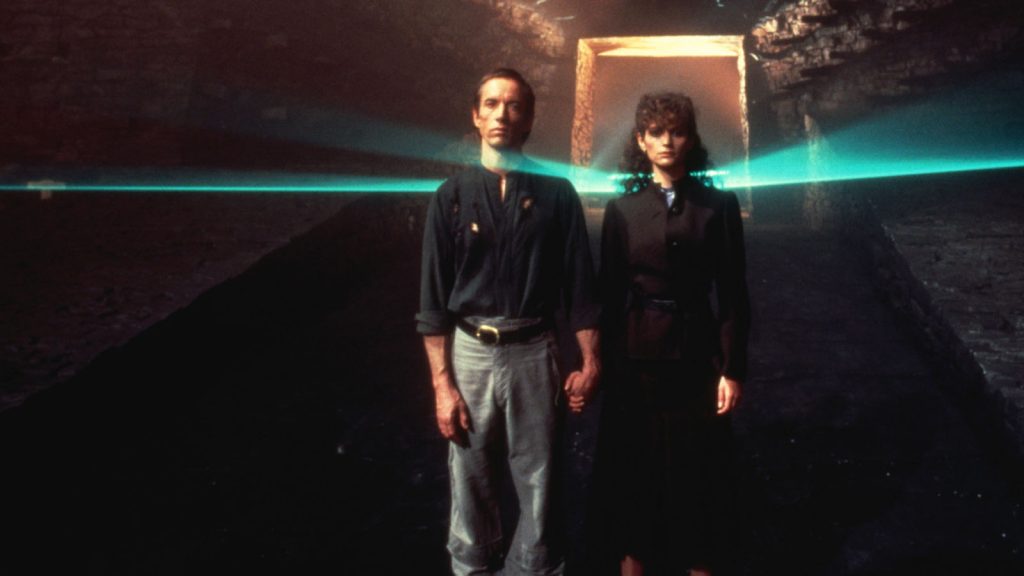
In what could be the fastest-resulting rape revenge movie, a drunken lout brutally forces himself on Ida, the young woman who doesn't return his affections, during a party over Labor Day.
READ MORE >
BY LAURA KERN | Month 00, 2021
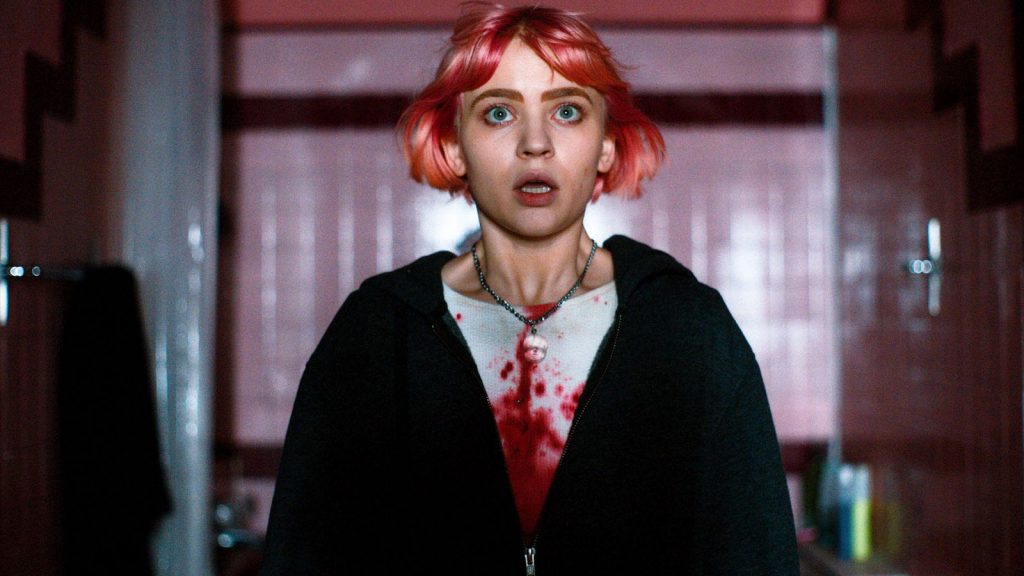
Beast is a lot of movies in one package - fractured fairy tale, belated-coming-of-age story, psychological drama, regional horror film - but above all it's a calling card for its leading lady, Jessie Buckley.
READ MORE >
BY LAURA KERN | Month 00, 2021